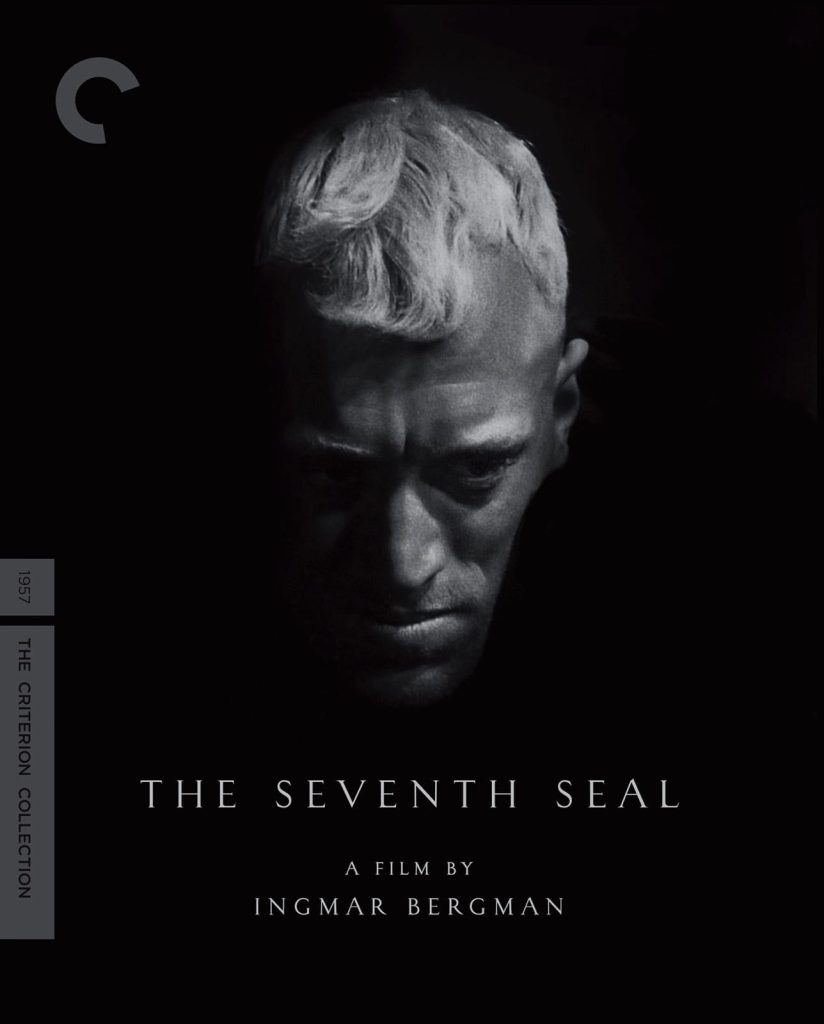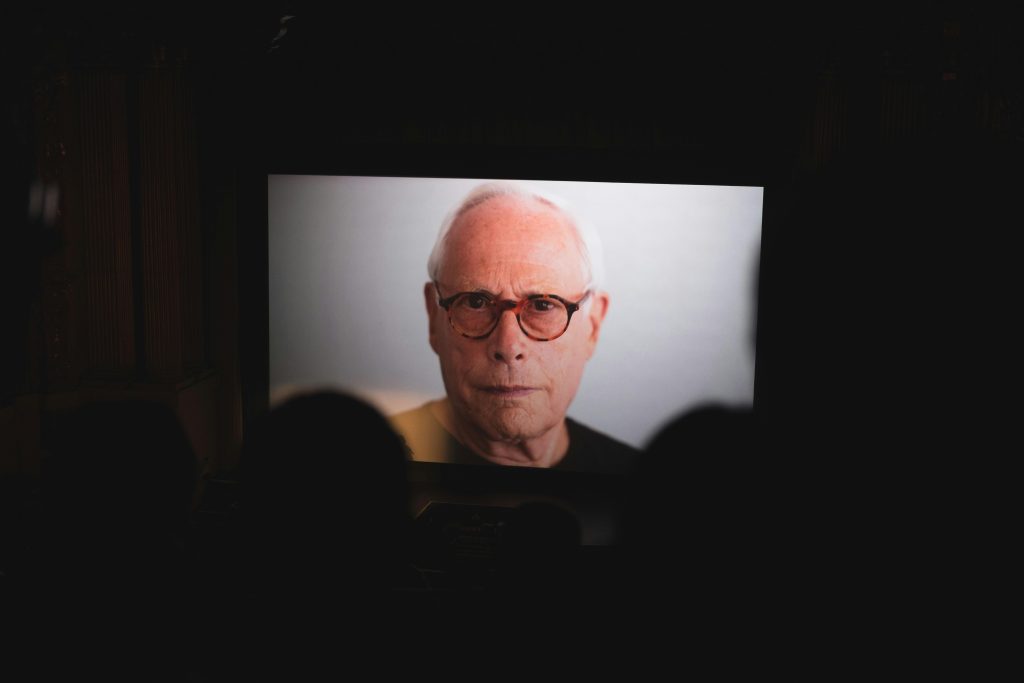In the vast tapestry of cinematic history, few genres have sparked as much debate and introspection as the anti-war film. These poignant narratives not only depict the brutal realities of conflict but also challenge audiences to question the very nature of war itself. Among these, Stanley Kubrick’s 1957 masterpiece, Paths of Glory, stands as a compelling testament to the futility and human cost of warfare. Set against the backdrop of World War I, this film weaves a narrative that is as haunting as it is thought-provoking, leaving viewers to ponder its rightful place in the pantheon of anti-war cinema. As we delve into the intricacies of Paths of Glory, we must ask ourselves: does it deserve to be recognized as one of the best in its genre? Join us as we explore the film’s thematic depth, cinematic brilliance, and enduring impact on both audiences and the art of filmmaking itself.
Examining the Timeless Impact of Paths of Glory on War Cinema
In the realm of war cinema, few films capture the futility and tragedy of conflict as effectively as Stanley Kubrick’s Paths of Glory. Released in 1957, this cinematic masterpiece has left an indelible mark on how war stories are told on screen. Its enduring influence can be seen in several key aspects:
- Unflinching Realism: Kubrick’s meticulous attention to detail and his stark portrayal of the battlefield and its grim realities broke away from the glorified depictions often seen in earlier war films.
- Moral Complexity: The film delves deep into the ethical ambiguities of war, challenging audiences to question authority and the true cost of military obedience.
- Character-Driven Narrative: By focusing on the personal struggles of its characters, the film humanizes soldiers, shifting the narrative from epic battles to intimate human experiences.
Paths of Glory has inspired countless filmmakers, reinforcing the idea that war cinema can be both a medium for entertainment and a profound commentary on human nature. Its timeless message and innovative storytelling continue to resonate, ensuring its place in the pantheon of great anti-war films.
 Paths of Glory“>
Paths of Glory“>
Analyzing Cinematic Techniques That Elevate Paths of Glory
Stanley Kubrick‘s masterful direction in Paths of Glory utilizes a variety of cinematic techniques that contribute significantly to its standing as a compelling anti-war film. Cinematography plays a pivotal role in establishing the film’s somber mood. The use of stark black-and-white visuals not only underscores the bleakness of war but also highlights the stark contrast between the opulence of the French military headquarters and the squalor of the trenches. Kubrick’s signature tracking shots, particularly those following Colonel Dax through the trenches, immerse the audience in the claustrophobic, perilous environment faced by soldiers.
Another crucial element is the film’s sound design. The strategic use of silence juxtaposed with the cacophony of battle scenes creates a jarring effect that emphasizes the chaos and futility of war. The dialogue, marked by sharp, incisive writing, often reveals the absurdity and moral ambiguity inherent in military bureaucracy. Character development is also enhanced through subtle, yet powerful performances, allowing viewers to empathize deeply with the soldiers’ plight. Kubrick’s meticulous attention to detail and innovative use of these techniques not only elevate the narrative but also challenge audiences to reflect on the broader implications of war.

The Ethical Dilemma: War Morality in Paths of Glory
In Stanley Kubrick’s masterful depiction of World War I, the moral complexities of war are laid bare, challenging viewers to confront the stark realities of human conflict. Paths of Glory delves into the harrowing decisions faced by military leaders and the ethical quagmires that arise when the value of human life is weighed against strategic objectives. The film poignantly illustrates the following dilemmas:
- The arbitrary nature of military justice, where soldiers are often treated as pawns.
- The conflict between duty and conscience faced by officers and enlisted men alike.
- The question of accountability and the scapegoating of individuals for broader systemic failures.
Through its intense narrative and stark visual storytelling, Paths of Glory prompts viewers to question the very nature of warfare and the moral responsibilities of those who command. The film’s exploration of these ethical issues not only cements its status as a potent anti-war statement but also invites a broader reflection on the human cost of war.

A Comparative Look at Paths of Glory and Other Anti-War Classics
In the realm of cinematic storytelling, Stanley Kubrick’s Paths of Glory stands as a monumental work that has continuously drawn comparisons to other revered anti-war films. While each film in this genre presents a unique narrative and perspective, Paths of Glory distinguishes itself through its stark portrayal of the absurdities and moral complexities of war. The film’s narrative, focused on the World War I era, explores themes of power, injustice, and the human cost of conflict, mirroring the intensity and emotional depth found in other classics such as All Quiet on the Western Front and Apocalypse Now.
Several elements set Paths of Glory apart from its contemporaries:
- Visual Style: Kubrick’s use of black-and-white cinematography enhances the film’s gritty realism, a stylistic choice that resonates with the raw, unfiltered depiction of war seen in films like Come and See.
- Character Development: Unlike many anti-war films that focus on the broader horrors of war, Paths of Glory delves deeply into individual characters’ psyches, similar to the character-driven narratives of The Thin Red Line.
- Dialogue and Script: The film’s sharp, poignant dialogue reflects a critique of military hierarchy and is reminiscent of the satirical edge found in Dr. Strangelove, another Kubrick masterpiece.
These elements not only position Paths of Glory as a seminal piece within the anti-war film canon but also invite ongoing debate about its place among the greatest films of its genre.









